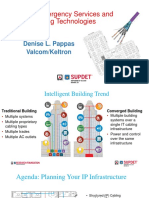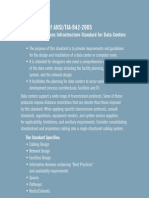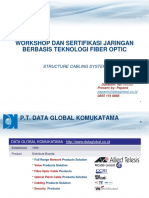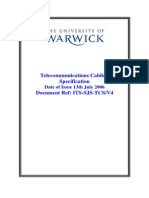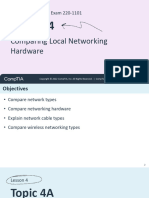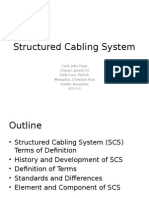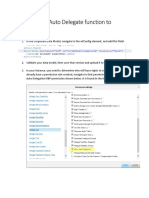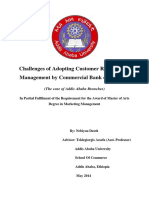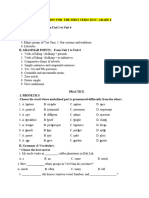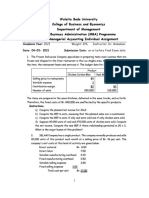0% found this document useful (0 votes)
36 views27 pagesStructured Cabling
The document outlines the structured cabling design for large IT/service provider data centers, focusing on industry terms, definitions, and deployment methods. It discusses various types of facilities, ANSI/TIA-942-A standards, network speeds, and fiber count considerations. Additionally, it provides insights into cabling choices, design parameters, and examples of logical architecture mapping for efficient data center operations.
Uploaded by
skrajnishCopyright
© © All Rights Reserved
We take content rights seriously. If you suspect this is your content, claim it here.
Available Formats
Download as PDF, TXT or read online on Scribd
0% found this document useful (0 votes)
36 views27 pagesStructured Cabling
The document outlines the structured cabling design for large IT/service provider data centers, focusing on industry terms, definitions, and deployment methods. It discusses various types of facilities, ANSI/TIA-942-A standards, network speeds, and fiber count considerations. Additionally, it provides insights into cabling choices, design parameters, and examples of logical architecture mapping for efficient data center operations.
Uploaded by
skrajnishCopyright
© © All Rights Reserved
We take content rights seriously. If you suspect this is your content, claim it here.
Available Formats
Download as PDF, TXT or read online on Scribd
/ 27








